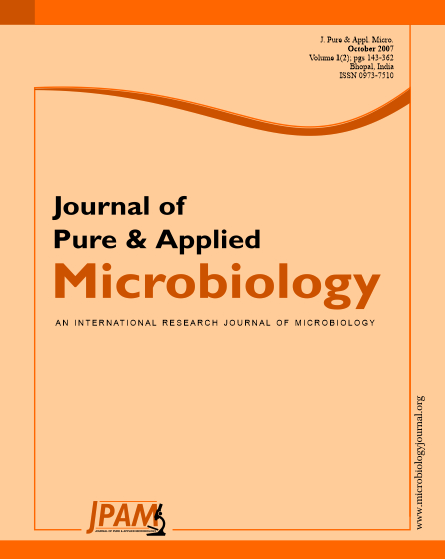A total of sixty five neonates suspected to be septicaemia were sampled. Nine Gram negative organisms were isolated out of the 40 samples with positive blood culture accounting for 22.5% of the bacterial organisms responsible for neonatal septicaemia within the period of study. Of this number, the most prevalent was Enterobacter cloacae, Enterobacter cloacae accounting for 4 out of a total of 40 patients (10%) and 44.44% of the total Gram negative organisms. Klebsiella pneumoniae was next with an incidence of 7.5% which represents 33.33% of the gram negative organisms. Citrobacter freundii and Escherichia coli had incidence of 2.5% each constituting 11.11% of the total gram negative organism respectively. Incidence was higher in males 55.56% while in females it was 44.44%. The overall sensitivity percentage to ampicillin and gentamicin was 77.78 %, followed by nitrofurantoin , streptomycin and tetracycline which was 66.67%. the percentage sensitivity to colistin was 55.56% while sensitivity to cotrimazole and nalixidic acid was 44.44% respectively. All the Enterobacter isolates were sensitive to ampicillin but one isolate showed multiple resistance to the other antibiotic. the E coli strain also showed evidence of multiple resistance, being resistant to the ampicillin and gentamicin and streptomycin. It was however sensitive to tetracycline and nitrofurantoin.
Antimicrogram, Antibiotics, Sensitivity, Septicaemia
© The Author(s) 2007. Open Access. This article is distributed under the terms of the Creative Commons Attribution 4.0 International License which permits unrestricted use, sharing, distribution, and reproduction in any medium, provided you give appropriate credit to the original author(s) and the source, provide a link to the Creative Commons license, and indicate if changes were made.


